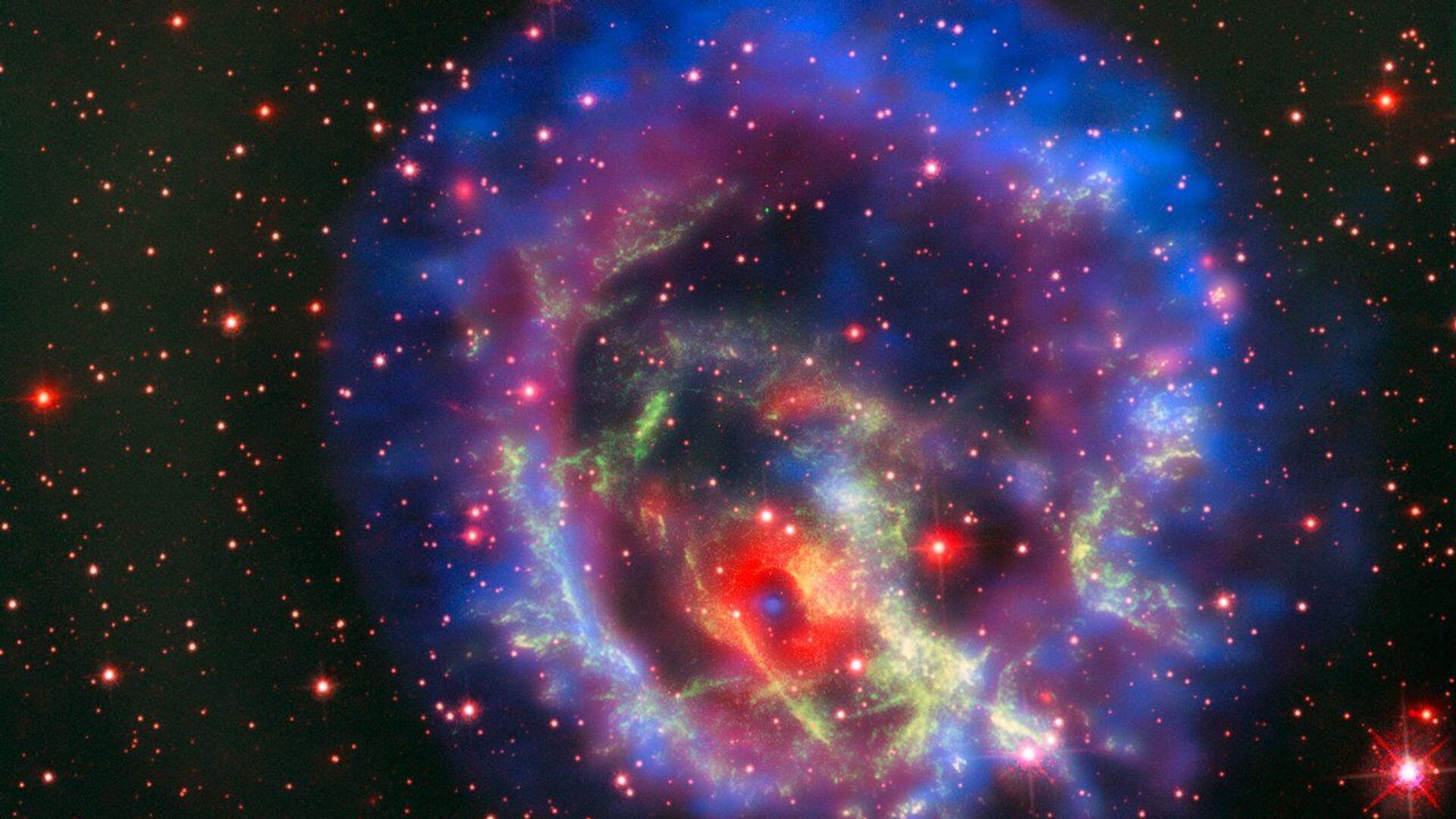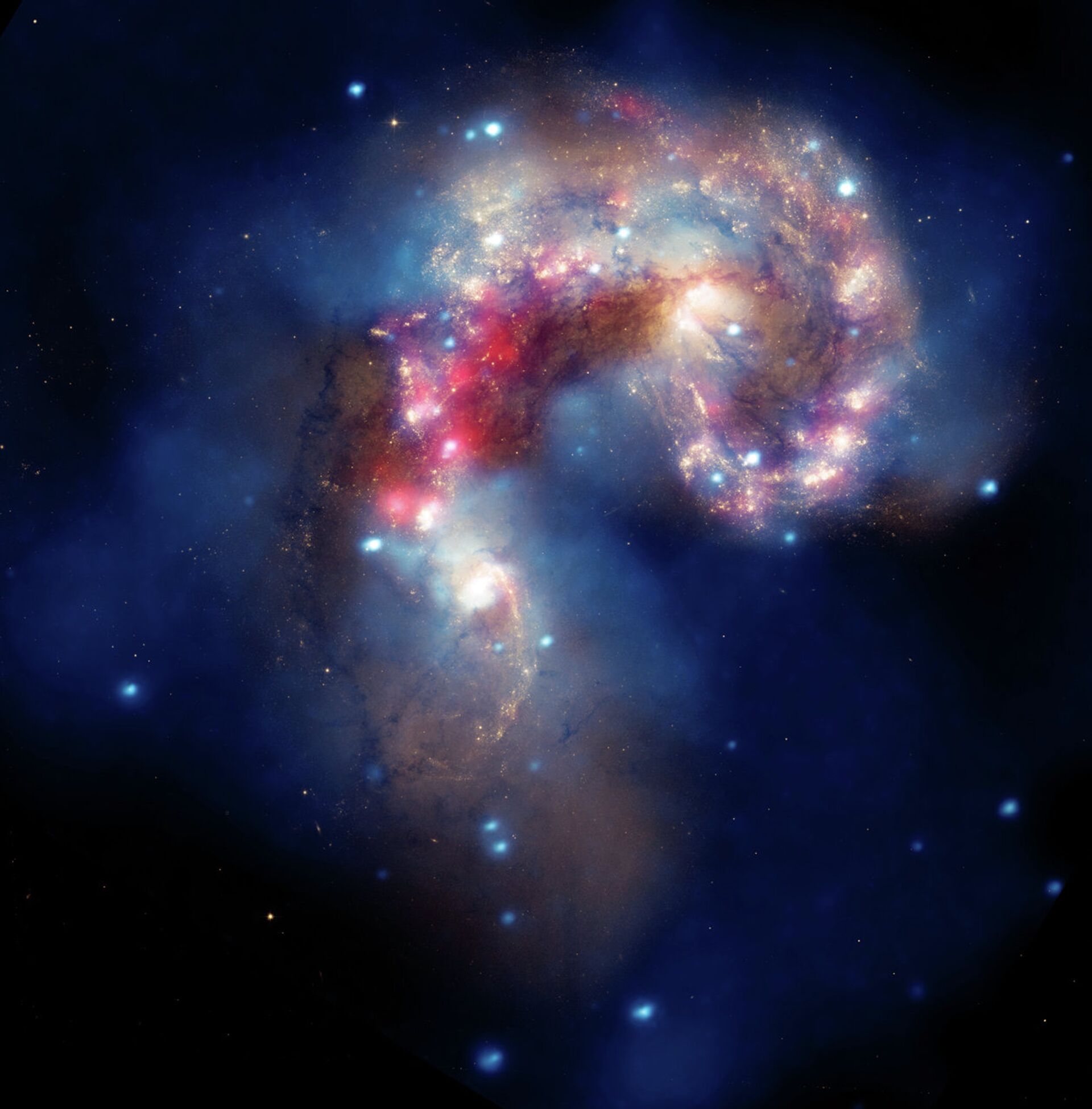‘Game Changer’ Study on the Cusp of Breakthough Into Mystery Behind Source of Fast Radio Bursts
Subscribe
Fast radio bursts, or FRBs, were first detected in 2007 by astronomers Duncan Lorimer and David Narkevic as they were sifting through archival pulsar survey data.while using the Parkes Observatory in Australia. AT the time an incredibly bright flash of radio waves had arrived from space in an event dubbed a Lorimer burst.
Enigmatic fast radio bursts, or FRBs, producing as much energy in a few thousandths of a second as the Sun does in a day, first detected decades ago, continue to pose a great many questions. None of these bright pulses of emission at radio wavelengths has been associated with a specific source, yet recently this area of research has witnessed a slew of groundbreaking discoveries.
In April 2020 three separate research teams detected an enormous blast of radio energy coming from a magnetar - an extreme form of neutron stars - located in the Milky Way. Magnetars, posessing ultrastrong magnetic fields, had been contemplated as a possible source of FRBs.
However, a new paper, “A repeating fast radio burst source in a globular cluster”, currently under review at Nature and posted on the preprint server arXiv.org, adds support to the theory that magnetars cannot explain the source of all FRBs.
A collaborative team of scientists used an array of radio telescopes called the European Very Long Baseline Interferometry (VLBI) Network, determining the position of a “repeater” fast radio burst designated FRB 20200120E.
Hard to live without them... JIVE @jivevlbi is for "Joint Institute for Very Long Baseline Interferometry European Research Infrastructure Consortium" - Beat that ! 😎 pic.twitter.com/YAOemXdRSl
— Paco Colomer (JIVE ERIC director) (@jivedirector) September 24, 2020
As they zoomed in to study it, they found out that it lives within an ancient globular cluster of densely packed stars. These typically host stars around 10 billion years old. However, magnetars are thought to live no longer than 10,000 years or so before becoming a normal neutron star.
“This is a game changer… “Whatever is causing the FRB signal likely has the same age as the globular cluster and is definitely not a magnetar,” Mohammadtaher Safarzadeh, a theoretical astrophysicist at Harvard University, was cited as saying by Scientific American.
The bright light of FRBs carries a wealth of information about galaxies and the material between them as they traverse intergalactic routes towards Earth. However, observation of the several dozen magnetars in our galaxy had never registered such eruptions.
It was the discovery of a radio burst from a galactic magnetar called SGR 1935+2154 that became a breakthrough moment for researchers. Astronomers enthused that if the object they were seeking existed in a neighbouring galaxy, such as Andromeda, its “signature” would be indistinguishable from a typical FRB.
“That was a huge moment for the field. It alleviated all doubt that at least some FRBs come from magnetars,” said Kenzie Nimmo, an astronomer at the University of Amsterdam.
In summer 2021, the Canadian Hydrogen Intensity Mapping Experiment (CHIME) in British Columbia, dedicated to hunting for FRBs, released a catalogue of 536 FRBs it detected during the first year of its operation.
The Canadian Hydrogen Intensity Mapping Experiment fast radio burst (CHIME/FRB) team, which discovered more than 500 new fast radio bursts in the first year of the detector’s operations, will receive the 2022 Berkeley Prize. https://t.co/VdO6XCloWd pic.twitter.com/7Ve905wNrL
— American Astronomical Society (AAS) (@AAS_Office) November 17, 2021
The bursts, known to come in either repeated flashes of signals, lasting longer, or one-off events, with the latter more common. CHIME’s catalogue includes FRBs pinpointed to a wide variety of specific galaxies, thus throwing into question their link to magnetars. The latter emerge almost exclusively in galaxies producing vast numbers of massive, short-lived stars.
CHIME sourced many FRBs to “quieter galaxies”, that produce hardly any new stars.
“Magnetars can explain some fraction of FRBs. Nobody would dispute that… But is that all of them? Almost certainly not,” Shami Chatterjee, an astronomer at Cornell University was cited as saying.
The CHIME collaboration is currently building a set of smaller add-on telescopes that will be conducive in triangulating the exact positions of huge numbers of FRBs. Accordingly, researchers expect to determine precise locations of hundreds of such events, with data gleaned allowing scientists to carry out important measurements of the universe.


